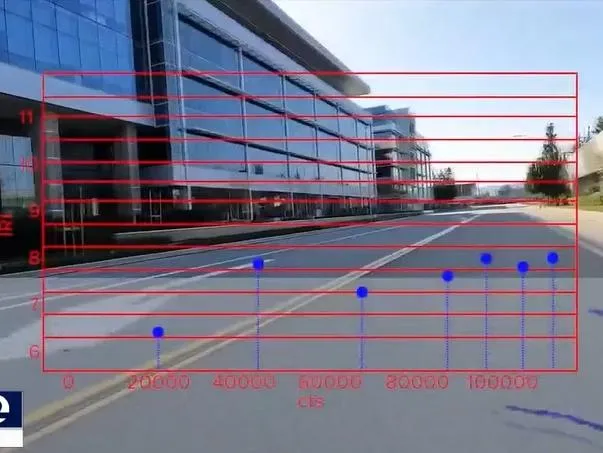
AI Meets Asphalt: Transforming Pothole Repairs with Technology and Durability
As cities around the globe strive to become smarter and more efficient, investing in artificial intelligence (AI) for urban maintenance has become increasingly prevalent. A shining example of this trend can be seen in San Jose, where the city is piloting the use of AI to identify potholes, graffiti, and homeless encampments. This innovative approach promises to streamline the process of maintaining city infrastructure, ensuring that issues are addressed promptly and efficiently.


(Pictured Above: Screenshots of the AI program from Blue Dome, one of five companies participating in the pilot program in San Jose, California. Photo Source: KTVU)
This substantial financial investment in AI brings to light a crucial issue: the possibility of wasting considerable resources on advanced detection methods if the follow-up repairs rely on obsolete and ineffective approaches.
The financial stakes of developing and implementing AI systems for urban maintenance are considerable. Cities are dedicating a portion of their budgets to harness AI's potential, with the expectation that this technology will lead to more timely and cost-effective maintenance solutions.
Yet, the efficacy of this investment is contingent upon the durability of the repairs themselves.
Traditional pothole repair methods, characterized by the temporary filling of potholes with standard materials, are prone to quick deterioration (usually lasting only a few months) due to weather, traffic, and other environmental factors. This cycle of frequent repairs not only negates the efficiency gains from AI identification but also results in escalating maintenance costs over time.
Enter the American Road Patch, a game-changing innovation designed to maximize the return on investment in AI technology by ensuring that once potholes are identified, they are repaired in a manner that is both permanent and resilient.

American Road Patch addresses the main reason pothole repairs fail: it keeps the water OUT. This allows the patch to last years, if not permanently.
American Road Patch is the necessary final step in the pothole repair process, forming an impenetrable bond over the conventional fill material and shielding it from the elements that typically undermine the longevity of road repairs.
The durability of the American Road Patch, which is weather-proof, plow-proof, and street-sweeper-proof, means that roads remain in good repair for significantly longer periods, effectively until they are repaved. This not only enhances the utility of AI in urban maintenance but also translates into considerable long-term savings for municipalities. The initial investment in technology that identifies infrastructure issues becomes truly worthwhile when followed by solutions that endure.
The integration of AI in road maintenance signifies a considerable investment by cities into a smarter, more efficient future. We commend these efforts and are excited about the advancements in AI that make road repair more timely and precise than ever before. Yet, we must ensure these high-tech, costly endeavors do not end in vain. By adopting lasting solutions like the American Road Patch for pothole repairs, cities can safeguard their investments, ensuring that the roads repaired today remain in good condition for years to come, until they are due for repaving.
Testimonials and case studies on the American Road Patch website attest to its effectiveness and durability, underscoring the product's role in ensuring that the substantial investments cities are making in AI technology yield lasting benefits.

